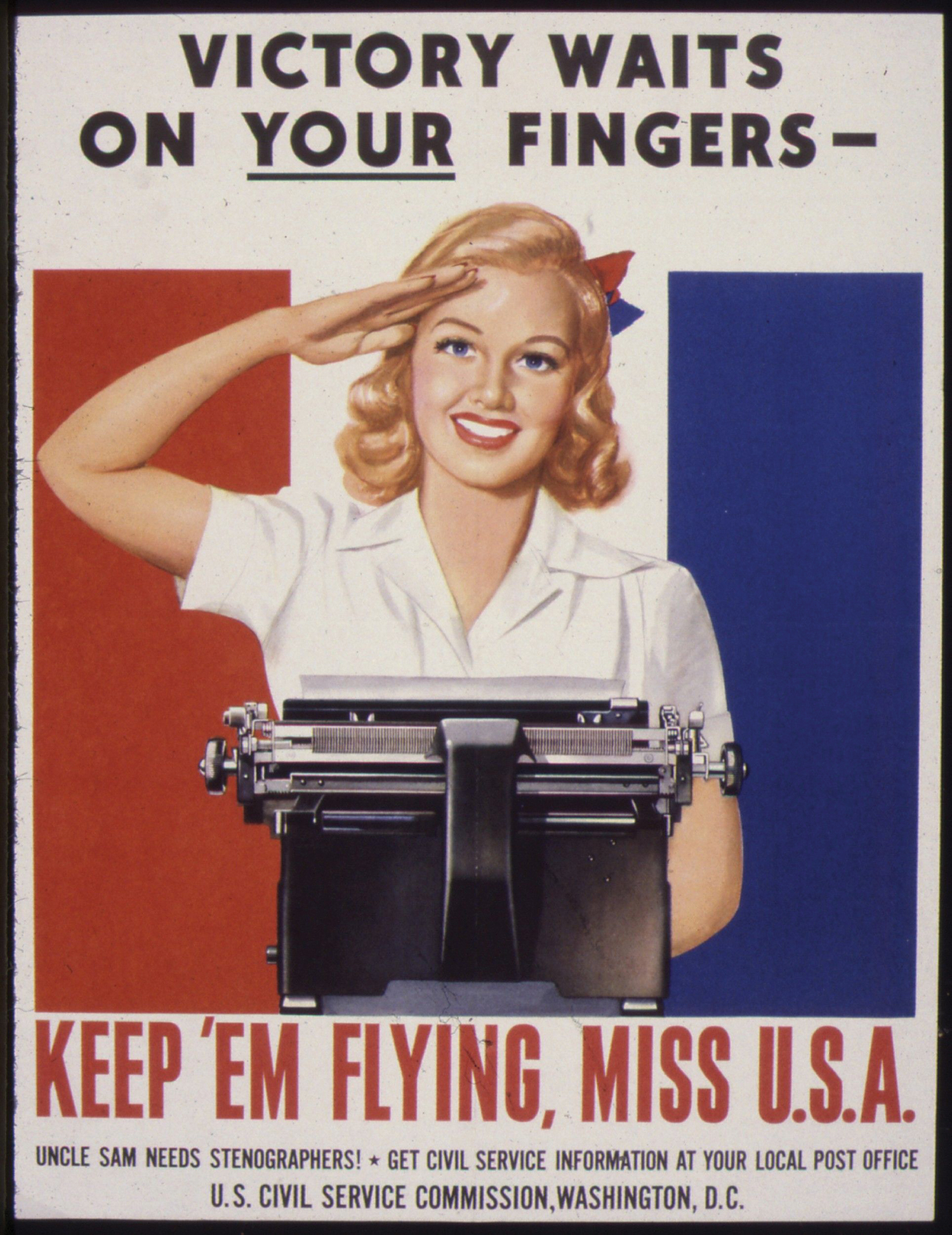
A course at Blue Ridge Community College recognizes women’s changing roles during WWII.
Given the newly invigorated feminism sparked by recent events, it seems an appropriate time to examine one of the major influences that empowered women during the last century, the Second World War. It’s the focus of this month’s “The American Home Front During World War II,” a four-part class offered by the Blue Ridge Center for Lifelong Learning (at Blue Ridge Community College in Flat Rock).
“Before the war, industrial companies like Ford Motors insisted that women weren’t suited for production work,” says Renee Melchiorre, who holds a Masters in history from the University of Kansas and will be teaching the course. “But after the war broke out and a labor shortage developed, those same employers quickly reclassified many jobs into what was called ‘basic light labor’ that women could perform.”
The crucial role of women in the work force is most famously represented by Rosie the Riveter, the iconic image developed for a national advertising campaign urging women to become “soldiers of production” in aid of the war effort. More than 6 million women first entered the workforce because of the campaign, joining some 13 million who had already left low-paying jobs as waitresses or store clerks for higher-paying factory work. “The significant change was that more than three quarters of those new women workers were married, and more than 50 per cent of those married women workers were mothers,” Melchiorre points out. “Before the war, society frowned upon the concept of mothers working outside the home unless a woman was widowed or her husband was disabled. It’s an example of how social change is accelerated in times of national emergencies.”
Melchiorre’s course will focus on primary sources — diary entries, letters, memoirs, and oral histories — to bring to life what’s become known as the “Greatest Generation” of Americans, who pulled together on the front lines and on the home front during and after wartime. (In 1998, journalist Tom Brokaw published a book by that name that chronicled the era and helped popularize the term.) Audio and visual aids will be used to examine the way the war affected popular culture in music and film, including excerpts from The War, Ken Burns’ well-received documentary.
“This course is mostly about the ordinary Americans whose lives were affected by the Second World War,” Melchiorre says. “In the decades since World War II, women have made great strides, for example, in the professions of law, medicine, and higher education. But there are only 24 women at the very top of Fortune 500 companies — so they still have a long way to go in the business world.”
“The American Home Front During World War Two” is offered in four weekly classes from March 7 to March 28. For more information and to enroll, visit brcll.com or call 828-694-1740.
